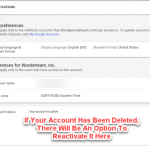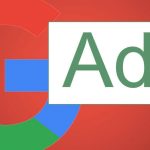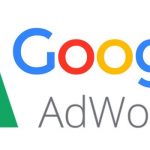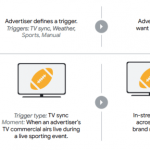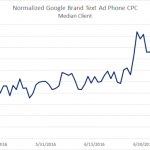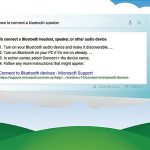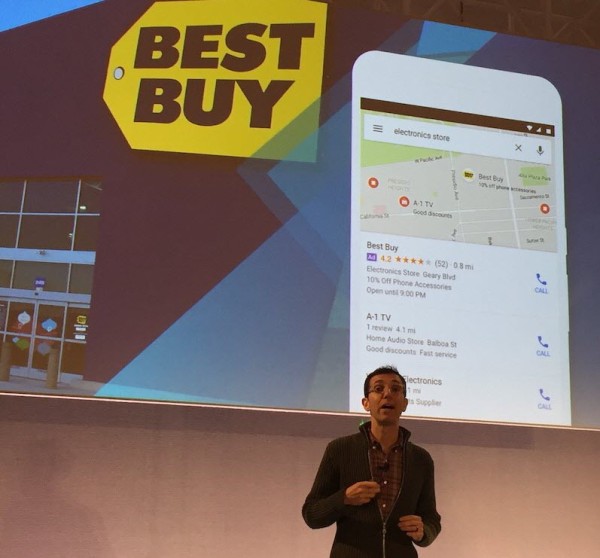5 BIG Changes Coming to AdWords: Everything You Need to Know
May 31, 2016
For a few years now Google has been making big announcements in the spring, and they’ve usually revolved around mobile – in 2013, there was the announcement of Enhanced Campaigns, which did away with the old best practice of creating separate desktop and mobile campaigns. Every year since then we’ve gotten more and more mobile ad types and features, and this year is no different.
Google continues to emphasize mobile-first, which means that the look of the SERP is changing in ways that favor the mobile experience. Of course, paid ads need to adapt to the mobile-first world too, and today Google has announced some new and interesting changes to AdWords, rolling out over the next few months, that PPC marketers need to know about.
(June 01, 2016) I flew out to the Google Performance Summit and got an exclusive first look at the newest ad formats and features coming to Google. Here’s everything you need to know moving forward about these big changes coming soon to AdWords.
1. New Local Search Ads to Appear on Google Maps

Last month, my colleague Erin Sagin wrote about Google’s announcement that Maps would be part of the Search Network moving forward, speculating that “we’re likely to see significantly more ads appearing on the maps platform.”
She was right. Google had unveiled what it calls the “next generation” of local search ads. These new ads will appear within Google Maps (on the app as well as both the desktop and mobile versions of the site), as well as across Google.com.
In the new ads, brand logos and offers will appear directly on the surface of the map, rather than just alongside the map. For example, if you were to search on Google Maps for [electronics store], you’d see the following:

You can clearly see Best Buy’s logo on the map. Clicking on that logo leads to this mobile local inventory ad format:

Why the Focus on Google Maps?
Google Maps now has more than a billion users and people visit 1.5 billion destinations based on their Google searches. As Google noted, location-related searches:
- Account for nearly a third of all mobile searches.
- Have grown 50 percent faster than overall mobile searches in the past year.
To drive more online traffic from Maps to local businesses, Google is working on other new ad formats, such as promotion pins. Here’s an example of a promotion from Walgreens:

You can see that an offer for $ 3 off contact lens solution appears right below the map and local store information.
Also, Google is revamping local business pages. Two key changes here: Advertisers can highlight an in-store promotion, and users can search local inventory. Have a look:

This is a nice integration, giving advertisers the ability to add logos and offers.
However, the ad targeting here is a bit complicated. Ads show based on queries, but Google is also looking at several other context signals (similar to display advertising), such as personal browsing history, similar users, time of day, interests, and behaviors.
This should open up a good amount of local ad inventory. I know I use Google Maps a lot – not as much as search, but when I’m looking for local business I’m equally likely to look on Maps or Search.
2. Text Ads Get Double Headlines & More Characters

Google eliminated right side ads from the desktop SERP in February as a way to create a more unified Google experience across devices. Now text ads are about to undergo a significant change.
Headlines are about to get much bigger – advertisers will soon be able to have two 30-character headlines, up from a single headline of just 25 characters. In early testing, Google found this change dramatically increased CTR – by as much as 25 percent.
At WordStream, we’ve found that adding an ad extension or call extension to mobile text ads tends to increase CTR by about 12 percent. So it makes complete sense that the CTRs for double headlines would be even higher.
In addition to more clicks, Google said longer headlines will be more useful for advertisers, and result in better qualified traffic for advertisers.
This change is huge – literally. Particularly with so little space on the smartphone screen, this headline change is great news for advertisers (as usual, not so much for those on the organic side).
In addition, Google is expanding the number of characters that can be in the description line. Advertisers will soon have the ability to write a single 80-character description line, a 5-character increase over the current pair of 35-character description lines.
3. Better Measurement of In-Store Conversions
You know people are clicking on your AdWords ads and this is driving traffic to your local business, but how much exactly? AdWords can now help more businesses bridge the gap between the digital and physical worlds by measuring in-store conversions.
Technically this isn’t “new” (Google says more than 1 billion store visits have been measured so far in the past two years), but it’s still a pretty big deal. Soon in-store conversions will become more widely available to more types of businesses, which is critical considering 90 percent of sales will happen in stores, as opposed to online.
The beautiful part is that Google simply looks at phone location history to determine whether the person who searched and clicked on your ad ended up walking into the store.
As an example, Google cited Nissan UK, which discovered 6 percent of people who clicked on ads went to the dealership, resulting in 25x ROI.
4. New Responsive Display Ads

Get ready for Responsive Display Ads. Soon you will just have to give Google a URL, headline, description, and image, and Google will create responsive display ads for you. You will be able to run ads that adapt to the content of the websites they’re on and apps in the GDN. This includes native ad inventory.
This is really cool because it’s a pain to create ads for all the different formats (skyscraper, leaderboard, square, rectangle, etc). Google is eliminating this hassle with Responsive Display Ads – they will figure out the best format for your ad depending on where it is being served.
Expect all these changes to roll out later this year.
5. Changes to Device Bidding
Finally, some changes are coming to the AdWords bidding process.
Currently, advertisers set a base desktop bid and then set mobile bids as a multiplier on the base bid. This was introduced with Enhanced Campaigns. (And tablet is stuck with desktop, something a lot of PPC people have complained about, though tablet searches only account for about 5% of traffic and aren’t growing.)
Going forward, this is all being decoupled. You will have the ability to set mobile bids, desktop bids, and tablet bids independently or make them dependent on each other. This gives advertisers a little more flexibility and further enforces Google’s mobile-first viewpoint (why start with the desktop bid if everything is moving to mobile-first?).
Get More Info in My Webinar Tomorrow
We live in a mobile world. More than 50 percent of the trillions of searches conducted on Google every year come from mobile.
That’s why, every year, Google is innovating in mobile to provide a compelling experience for users and make sure advertisers are able to reach consumers at key moments.
At a bare minimum, you’ll need to leverage mobile ad formats, and get ready for these new formats on the horizon, to make sure you’re attracting and converting mobile searchers when they’re using commercial search queries and looking to find a business fast.
Digital & Social Articles on Business 2 Community
(22)


